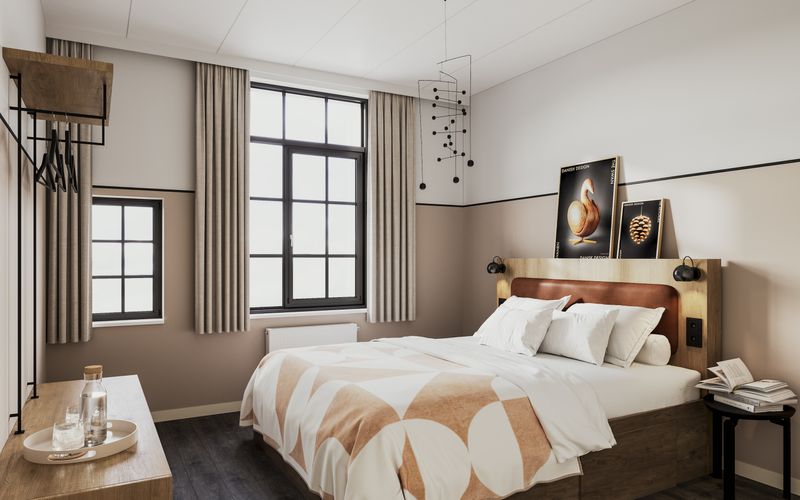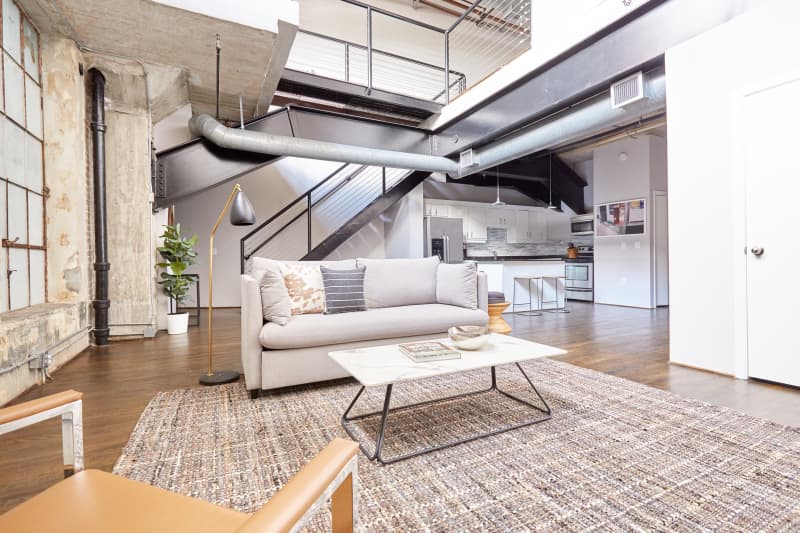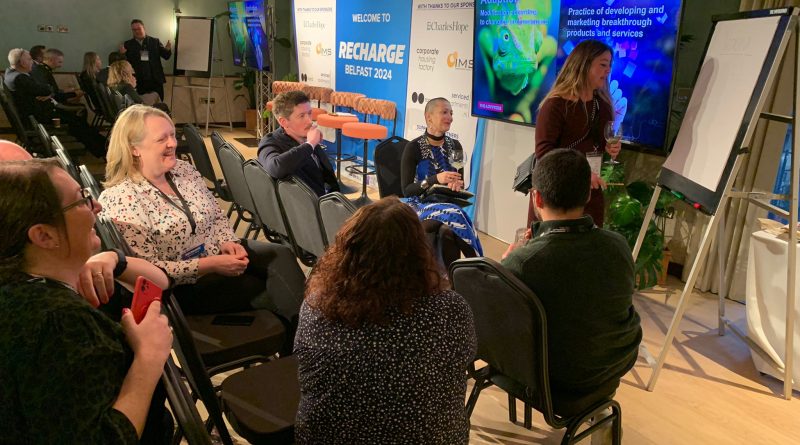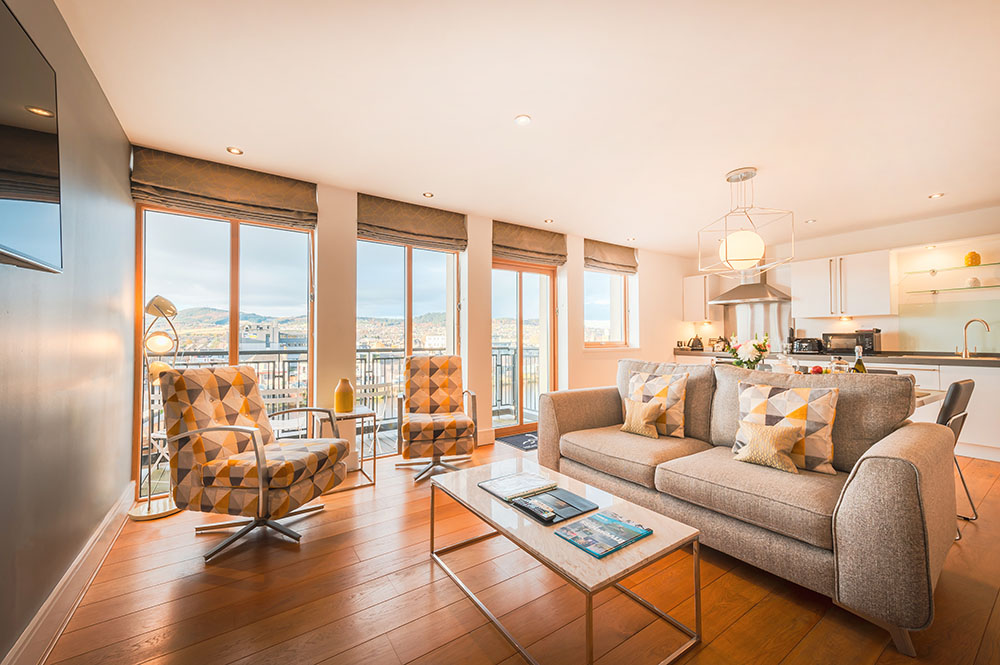
OTAs are a vital channel for serviced apartment and aparthotel companies, but is over-reliance on them making operators lazy, asks Duncan Chappell, commercial director at elina PMS.
OTAs say “let us do your marketing, we are experts at it” and that “you couldn’t do what they can if you spent the same you spent on commission on marketing”. It’s hard to prove or disprove that statement. Here’s the dilemma though, innovation and marketing are what drive value into companies and they are the ones doing it.
Plus, it’s worth considering the true cost of trading on an OTA. You’ve got the cost of commission, plus cost of operationally dealing with cancellations, plus the opportunity cost of not investing in sustainable direct channels to your future business.
If you don’t do any marketing and don’t innovate, the business has a limited value cap. Using OTAs amounts to outsourcing a large part of your business value, which is why it’s important not to solely rely on OTAs when long leases or ownership of properties is not the business model. So how does one balance the all-important OTA bookings with marketing and direct sales that build a brand? Can we stop OTAs from making us all lazy reservation farmers and is it too late already?
The changing nature of working with OTAs
How we work with OTAs keeps evolving. Successful OTAs have grown and consolidated, and less successful or unfortunate ones gone out of business. Booking Holdings owns Agoda and a minor stake in Ctrip, Expedia owns more OTA brands than any other including Hotels.com, AirBnB owns HotelTonight and well-established domestic brands such as Laterooms have gone. Lastminute’s decline has been a shame to see. Some regions have strong local OTAs, such as Despagar in Latin America, Traveloka in Indonesia, Makemytrip in India – there are more. HRS in Germany has become more corporate and B2B focused. Siteminder gives an indication though of the dominance of Booking.com and Expedia globally. When the list is updated next, we’d expect to see AirBnb in the top three.
Listing on fewer OTAs has got more complex even though through investment in their user experience, they have made it easier to create listings.
There are now decisions to be made including:
• Whether you collect the payments, or the OTA does
• The rate types and restrictions you distribute on the OTA
• Dealing with requests, or questions from guests via the OTA
• Reviewing how items such as cleaning and tourist taxes are included in the reservation and whether they incur commission
Booking.com for example allows you to collect, or they can, as does Expedia. It’s easier to accept rate parity and ensure the OTA has the best available rates than try and offer a better direct price – you’ll get phone calls and emails, or penalties, depending on the country in which you operate. The OTA has also made it easy for the guest to ask questions and for you to answer, keeping you accountable of course and the guest details on their platform.
Cancellations have become part of working with OTAs and it’s important to try and find a value for the cost of a cancellation to you. That may not be the opportunity cost of the apartment not being booked, but rather, the actual operational cost in staff time.
Technology is making it easier to manage these elements. Better APIs, the common language systems use to chat, are improving the flow of data. You can set up a listing from a channel manager now, albeit with mixed result on quality of content.
It’s getting harder to connect everything end to end in this context. For example if you have multiple or many rental owners, calculating their earnings will vary based on channel according to tax, extras and commissions.
It’s all built around convenience – it’s just easier to use OTAs. We need to remember, they are marketplaces and so there will be winners and losers depending on how much demand there is at any given time. Seeking the right type of OTAs for your mix of business matters too. Online platforms such as Situ and Bridgestreet give more possibilities on longer stay enquiries.
This all takes a lot of energy and time and that’s the point. That time and energy needs to be capped as having 100% of your bookings from OTAs will stifle your own innovation and marketing, which should be driving value into your business.
Create more opportunities
The very nature of OTA business is inbound. In sales it’s called farming. Set up the fields and wait for the crops yields. Does this mean operators are losing vital business development skills? I believe this is true to a degree across all industries, with the rise of social media and the increase in ways of ‘connecting’ with someone. Speaking to smaller operators the temptation is to focus entirely on agency bookings and online travel agency bookings. So when these sources take a downturn, or your listing isn’t on the same page it used to be, due to cancellations, reviews or a change to the algorithm, the challenge becomes how to fill the occupancy gap.
An independent financial advisors would advise a balanced investment portfolio to spread your risk. The same common sense applies to booking sources. You need balance and to think of each sales channel as an investment which will bring differing results. A percentage of your reservations or pipeline should be coming from outbound. So, how to approach this?
The easiest route is to create marketing materials and engage with the local business community from SMEs to larger companies to see what their needs are. Most local businesses are supportive of each other and reaching out to a local audience is a good way to build confidence and prospect possible leads. Plus, fostering an opportunity creation culture within some of your team, can help to reduce your reliance on OTAs. Look for Facebook communities, or other social media platforms where you can engage with business owners.
If these are not skills you have within your team, outsource it. Find a good outbound email, or outbound call provider to contact more local businesses more quickly. Marketing companies can leverage your Linkedin network 2nd tier connections which reaches a lot of relevant decision makers, before engaging with them over email.
Tracking leads & cost of sale
Tracking leads will enable you to calculate cost of sale and hopefully convert more reservations. There are a choice of free entry level CRMs to choose from. Get the basics right, so prospect to lead to opportunity to close or lost. There’s more to it than that, but these basics cover most of it. Your software may already enable you to run this process and you’ll need to instil and manage the process within you team.
Every lead has value and ensuring you have visibility on the leads details, the value of reservation opportunities and deadlines to confirm the booking, will give you a good idea of what percentage you usually close, and possibly also learnings on how you could convert more.
Each marketing channel, whether it’s your website, OTAs or outbound lead generation, has a cost of sale. On the OTAs it’s quick to work out. You know it is costing you for example 15% + VAT / sale tax on revenue from that channel.
Tracking becomes really important as it helps you to make some sensible decisions. For example tracking your cost of spend on a brand level as a campaign into your booking engine, allows you to see the percentage of revenue cost over time. I’d often hear people say pay-per-click marketing is too expensive, however, tracking it for some customers shows that brand pay per click can be between 5 and 10% of revenue, which is much lower than an OTA.
The cost of servicing long stay these reservations is lower with less arrivals and departures, so even if the cost of acquisition / sale is higher on a long stay channel the margin might still be better.
If you are able to work out your cost of servicing reservations through fixed and variable costs as well, then you are in utopia and can work out your most profitable channels, knowing where to invest more. This ability to track costs and choose the right sales channels, plus access to the right stock are two of the most important ingredients in the larger operators.
Guest experience is part of brand
The OTA is investing heavily in brand experience and to a degree commoditising accommodation. You have to make your brand experience shine through with communication, marketing and innovation.
Elements that jump out are pre-arrival communication, smooth handling of payment, easy door entry, easy and helpful add ons or extras, guest interaction, messaging and help around the in-stay experience.
All of these areas are open for improvement and investment into marketing and innovation. Finding gains and improvements that will increase brand, direct bookings and guest experience add value to your company.
All of the companies I find myself aware of have built great brands and have something quirky, interesting, special or consistent about them and how they accommodate their guests.
Each time a guest finds them first through an OTA, they have a higher chance of word of mouth marketing, or repeat business from the same guest, their friends, family or colleagues.
Getting the right channel mix
I think this comes down to balancing what type of guest segments are suitable and possible to achieve with strategic decisions.
It’s not a question of whether you should be listing on Booking.com and AirBnB – that’s a resounding yes. It’s a matter of how; under what conditions, with which prices, using which booking and cancellation policies. Plus, can you figure out how to keep some control on the direct contact with guests via your brand and tools.
Being strategic about how one manages channels and taking control of how you work with the OTAs, enables them to be a part of your mix, rather than you just another number in their marketplace. Practical examples of this are:
• Leaving last minute booking window to direct or lower cost OTAs,
• Having a rolling booking window capped at a number of days into the future to reduce speculative bookings
• Having the lowest rate, or an inclusion direct when demand is high
• Offering special promotions on OTAs when you need visibility
• Making sure direct booking conditions are favourable
• Operate deal directly, so packages or deals that will generate discussion and bookings
Choosing channels is tough, but distribution needs volume, so setting a goal such as adding one channel per month will enable a wider marketing network. Consider what mix you are after of each type first: short term leisure, relocations, short stay mid-week business, long stay corporate. Then assigning percentages and working backwards to ask which marketing channels, including OTAs, you need and what investment in innovation and marketing you need to achieve that over time is the right approach.
It isn’t a case of fighting back against OTAs, but embracing them and being measured about how you work with them. All the while investing in your business to achieve the types of guests you want.










